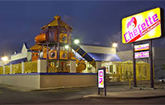|
Chamberlain Bridge (Swing Bridge)This horizontally swinging 39 foot steel bridge was built in 1872, so as to provide a path across the Careenage for small vessels entering the 'inner basin'. When traffic approached the bridge, two men would turn a shaft and open the bridge to allow traffic through. Just about where the Chamberlain Bridge is, was the previous site of the 'Indian Bridge'.
In 1628, on arrival to the island of Barbados, a group of British settlers were greeted with a wooden structure across the water. It is believed that a group of indigenous people to the Caribbean known as Arawaks were the ones to create the bridge. Subsequently, the area that they came upon in Bridgetown was called Indian Bridge. Sometime after 1654, the British removed this primitive like structure and constructed a new bridge over the Careenage. The area became known as the town of Saint Michael and then later went on to be called Bridgetown.
Barbados became an independent nation on November 30, 1966 and this arch was constructed in 1987 in acknowledgement of such an achievement.
In Bridgetown, Barbados, there’s a present day feature sitting on the Chamberlain Bridge known as the Independence Arch. This arch was built in 1987 to commemorate 21 years of independence gained on November 30th, 1966.
|
Your Ultimate Guide To Barbados
There are so many things to do and see here in Barbados!
View all of our best tours and start your adventure today!
Barbados Pocket Guide
Welcome to the Barbados Pocket Guide, a comprehensive source of information about our island, it's people, culture and life in general. We also have tons of information on places to stay, flights, car hire and tours of the island, all here! Enjoy visiting our site and please feel free to write a comment or send us a message directly with articles you think we need to add.
Things To Do!

Island Safari
Island Safari offers a unique jeep safari experience on our zebra striped, specially designed 4x4 jeeps. Climb on board our comfortable cabs and let us show you what the others leave out, specifically the most scenic locations of the island by travelling on and off the beaten track.

Harrison's Cave
Explore Barbados' underground! At the heart of the island lies a great geological wonder, the magnificent Harrison's Cave. Admire the crystallized, limestone cave, its flowing streams, deep pools and towering columns as you travel by tram or get up close and personal with the Eco-Adventure Tour.

Catamaran Cruise
Lay back, relax and sunbathe as you sail across the calm Caribbean Sea. Explore the crystal clear waters as you swim and snorkel with the tropical fish and majestic turtles. Then, enjoy a scrumptious lunch as you admire the beautiful rolling coastline and sparkling water.

Mount Gay Visitor Centre
Make a stop at the world renowned Mount Gay Rum Distillery and discover the secrets behind Barbados’ finest and most celebrated spirit, in the island where rum was invented! Witness the history of Mount Gay as you journey with them through their rich heritage, proven artisanship and unique taste.
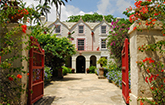
SunTours Special
Grab the SunTours Special with SunTours Barbados and see all the most popular spots in Barbados! Immerse yourself in the interesting history of this island, view the most picturesque scenes and enjoy a delicious Bajan style lunch at a well favoured local spot.
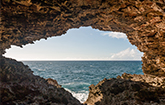
Animal Flower Cave
The colourful walls and the fascinating sea anemones at the Animal Flower Cave draw a crowd, but the amazing pools, some of which are deep enough to swim in, are the real attraction. While here, take a stroll over to the cliffs to feel the refreshing sea breeze and take in the stunning seascape.


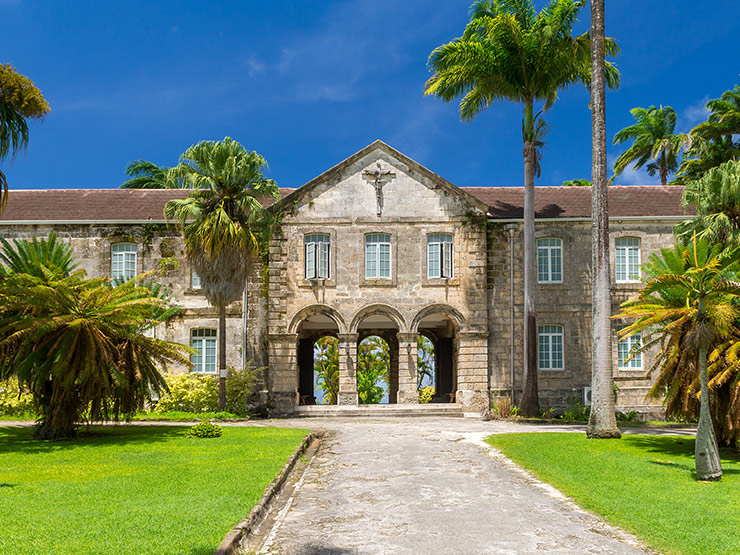
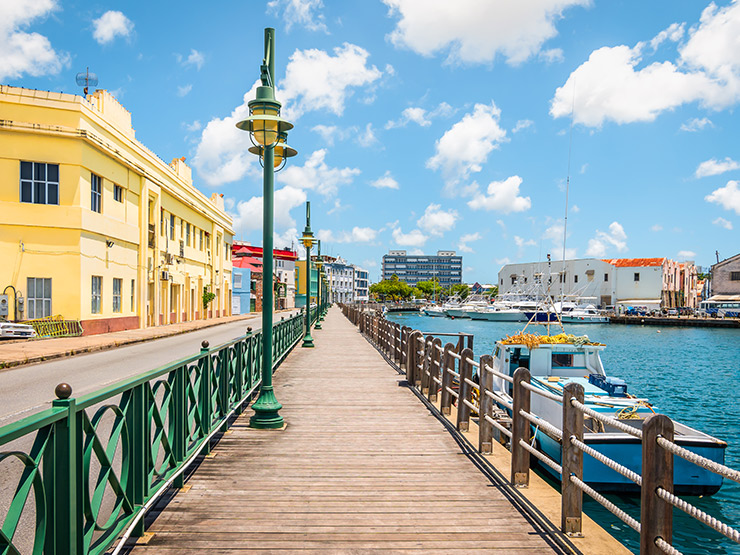
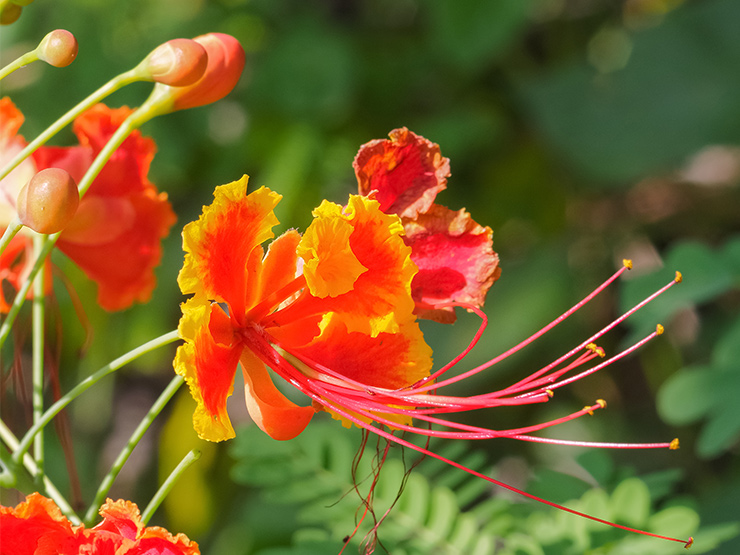
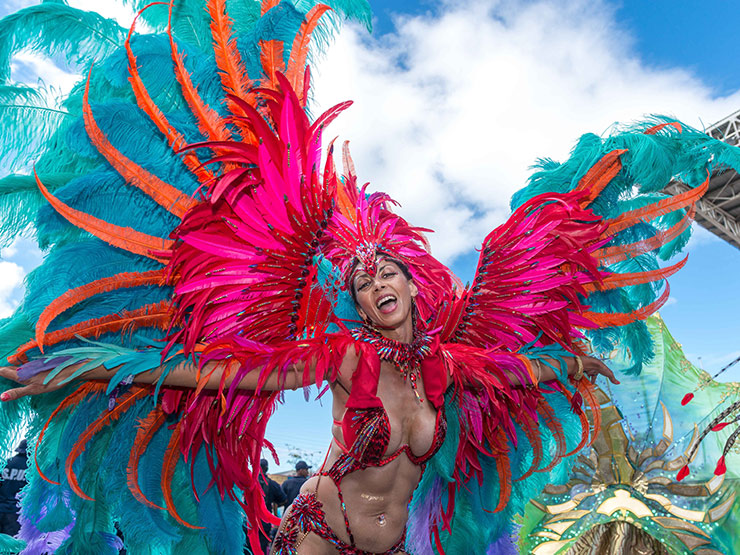


 In 1872, it was finally replaced as a swing bridge at a great cost. During the poor years suffered by the colonies, Barbados benefitted tremendously from financial contributions made by Joseph Chamberlain, who at the time was Secretary of State for Colonies. The bridge was repaired and as a result of his monetary contributions, in 1900, in his honour, the bridge was named after him. The
In 1872, it was finally replaced as a swing bridge at a great cost. During the poor years suffered by the colonies, Barbados benefitted tremendously from financial contributions made by Joseph Chamberlain, who at the time was Secretary of State for Colonies. The bridge was repaired and as a result of his monetary contributions, in 1900, in his honour, the bridge was named after him. The 
